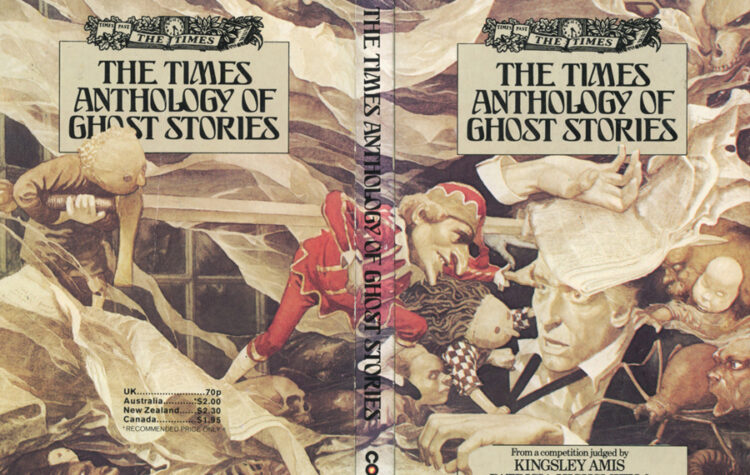Meaning of Oxymoron: An oxymoron is a figure of speech in which two seemingly contradictory or opposing words are used together for rhetorical effect, often to create an impression, emphasize contrasts, or to illustrate paradoxical situations. Common examples include phrases like “deafening silence,” “bittersweet,” or “living death.”
Etymology and Origin: The word “oxymoron” comes from the Greek words “ὀξύς” (oxys), meaning “sharp” or “keen,” and “μωρός” (moros), meaning “foolish.” Thus, the term literally translates to “sharp-dull” or “keenly foolish,” which itself is an oxymoron.
- Greek Roots: “Oxys” and “moros” were combined to create a term that reflects the contradictory nature of the words it describes. In ancient Greek rhetoric, this device was used to create striking or thought-provoking juxtapositions.
- Latin and English Adoption: The term was adopted into Latin as “oxymorum” and entered English in the 17th century, maintaining its meaning of a rhetorical device that combines contradictory terms.
- Usage in Literature and Speech: Oxymoron is widely used in literature and everyday speech to create dramatic, comedic, or provocative effects and to express complex ideas in a concise manner.
The term “oxymoron” has preserved its original Greek connotation of combining contradictory elements, and it remains a powerful literary and rhetorical tool for expressing complex or paradoxical ideas.



